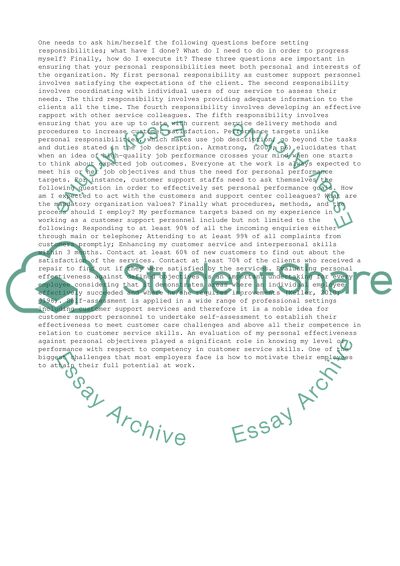Cite this document
(Employability Skills Assignment Example | Topics and Well Written Essays - 3000 words, n.d.)
Employability Skills Assignment Example | Topics and Well Written Essays - 3000 words. Retrieved from https://studentshare.org/management/1494408-employability-skills
Employability Skills Assignment Example | Topics and Well Written Essays - 3000 words. Retrieved from https://studentshare.org/management/1494408-employability-skills
(Employability Skills Assignment Example | Topics and Well Written Essays - 3000 Words)
Employability Skills Assignment Example | Topics and Well Written Essays - 3000 Words. https://studentshare.org/management/1494408-employability-skills.
Employability Skills Assignment Example | Topics and Well Written Essays - 3000 Words. https://studentshare.org/management/1494408-employability-skills.
“Employability Skills Assignment Example | Topics and Well Written Essays - 3000 Words”, n.d. https://studentshare.org/management/1494408-employability-skills.


